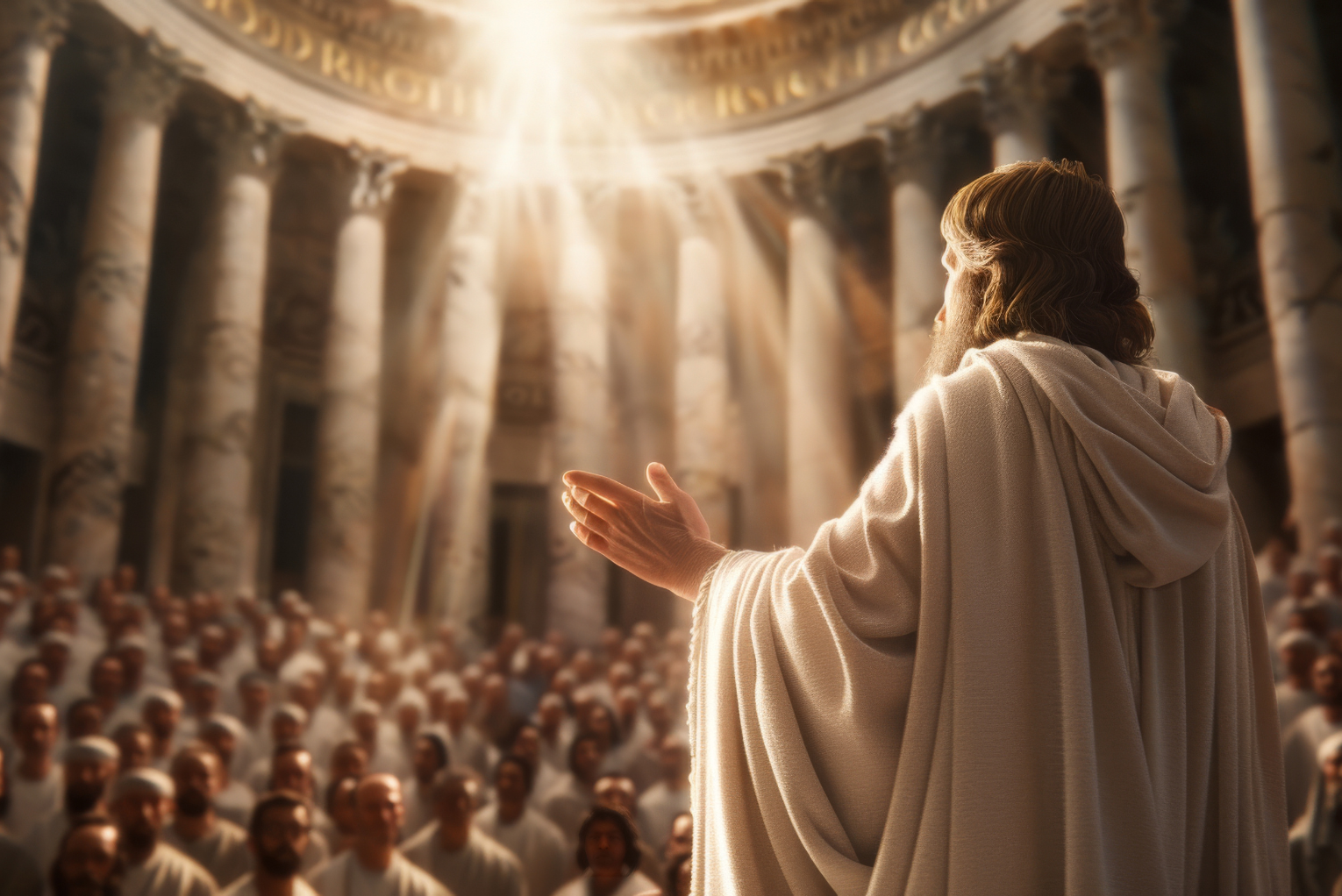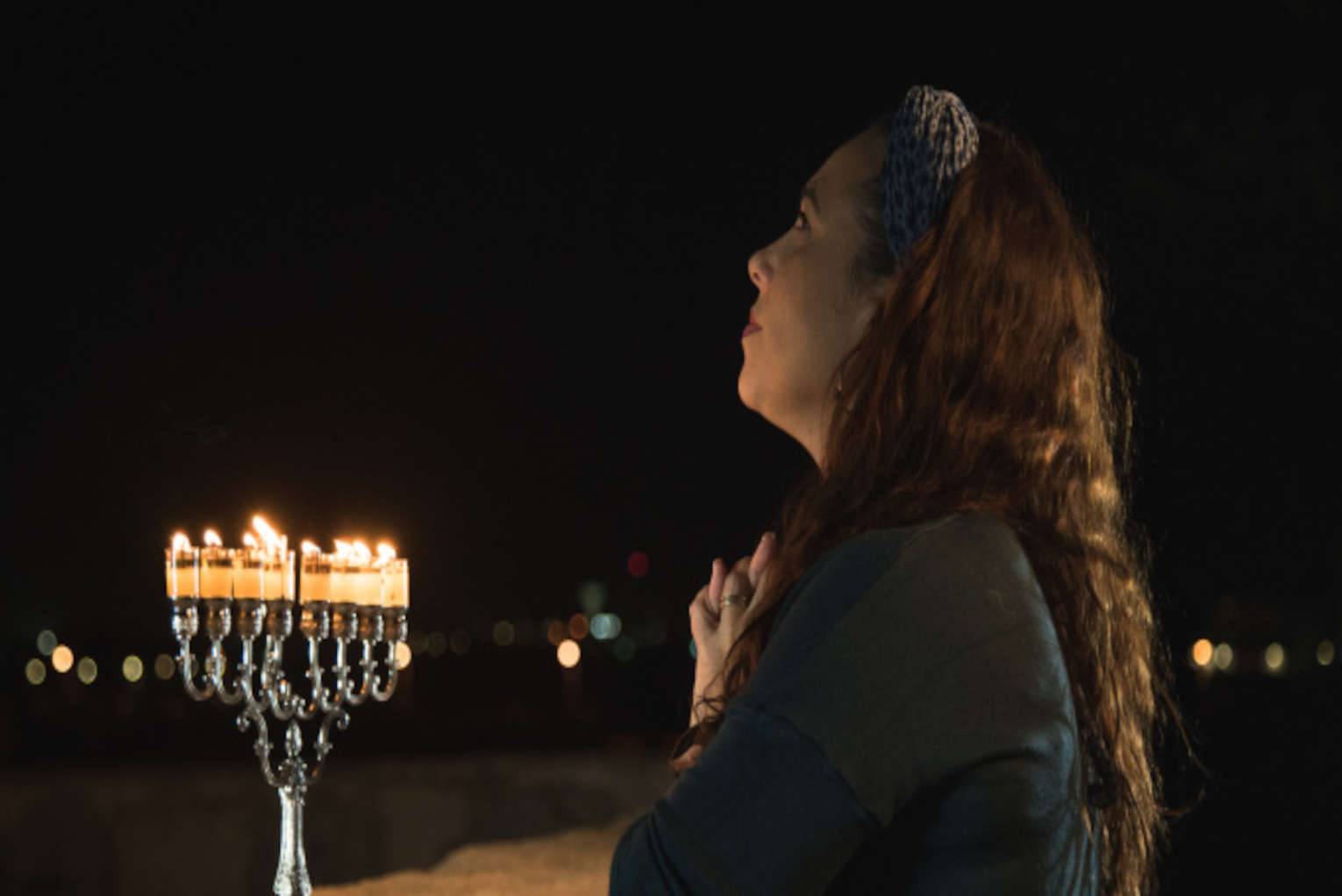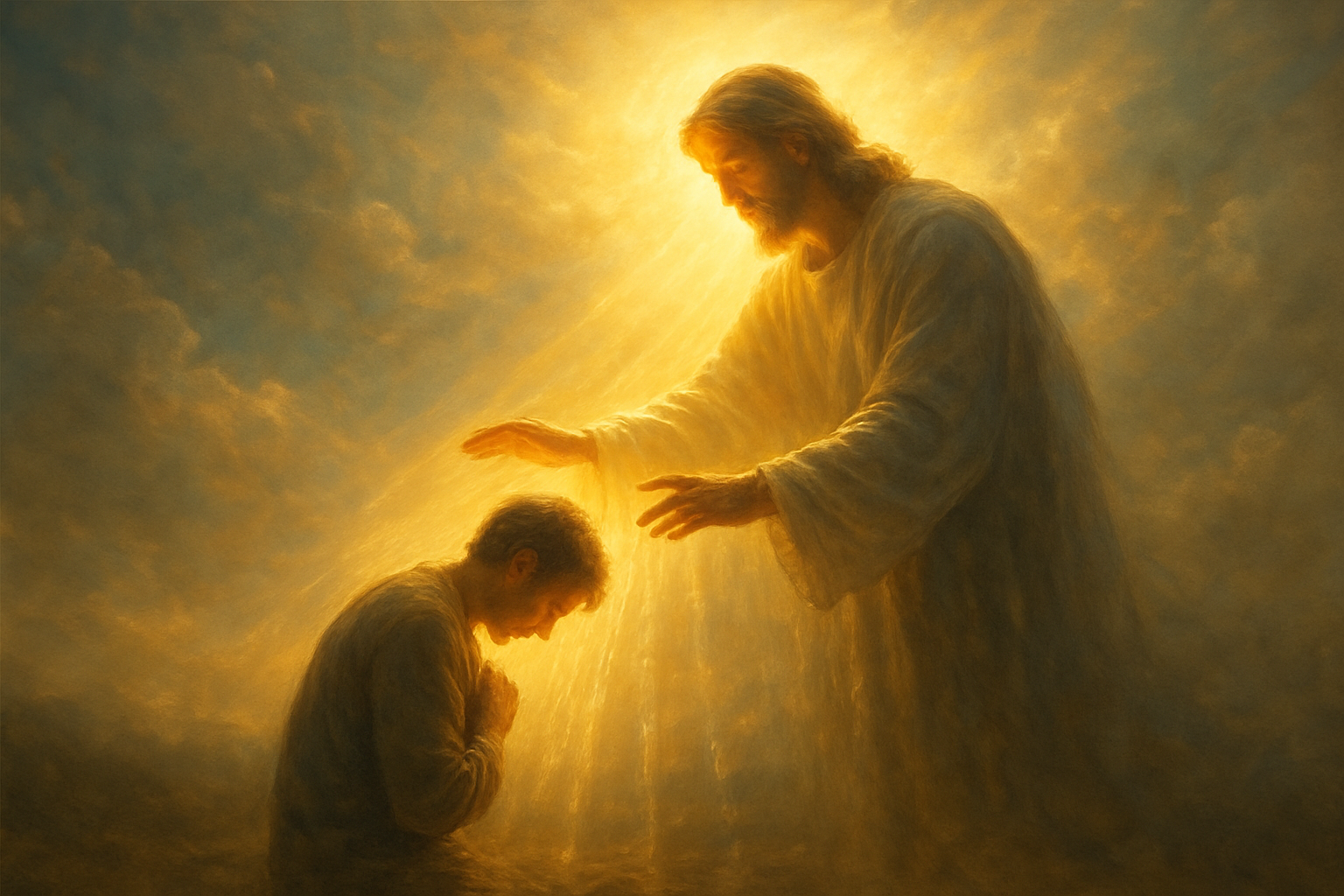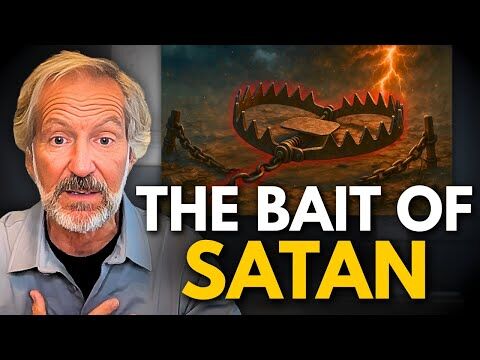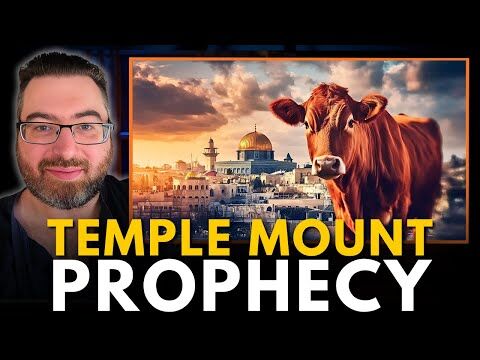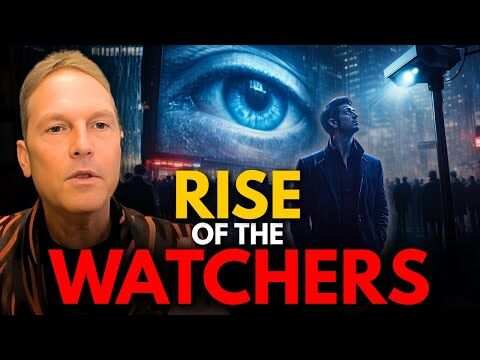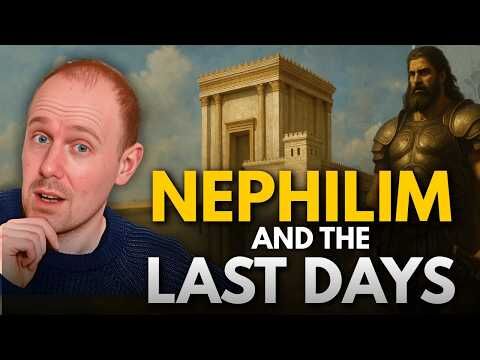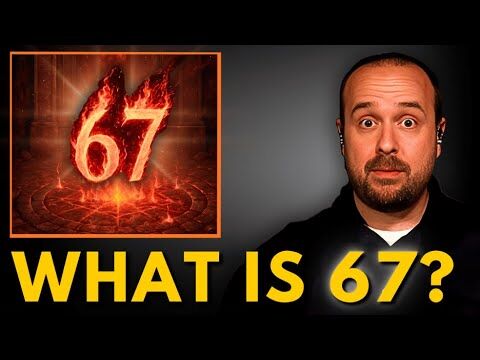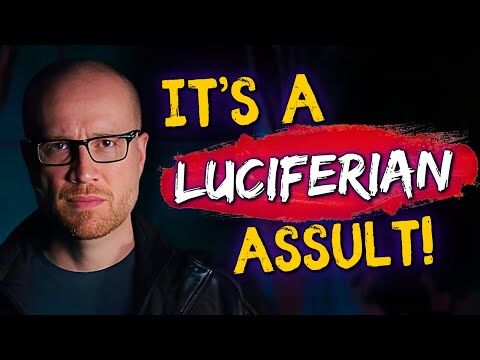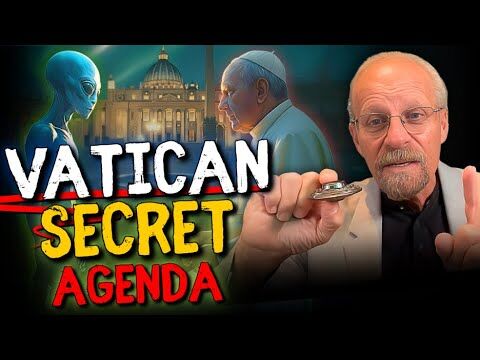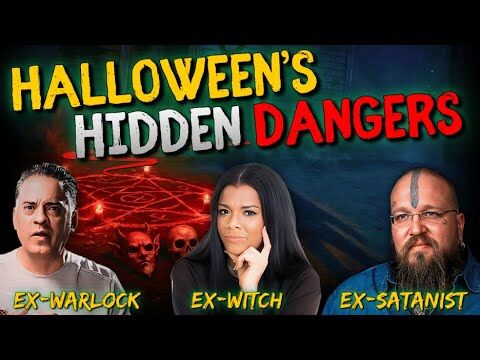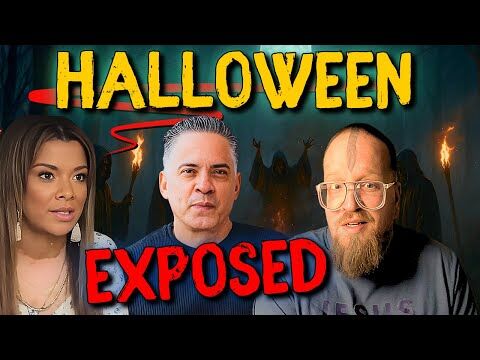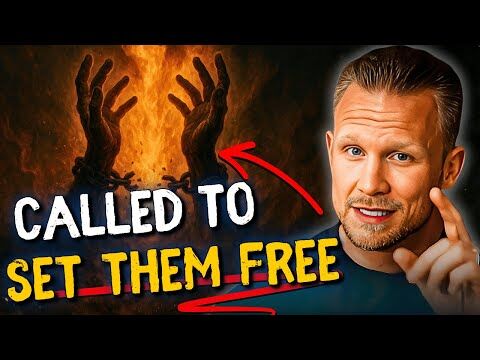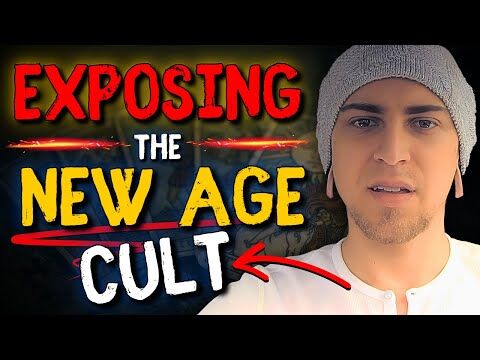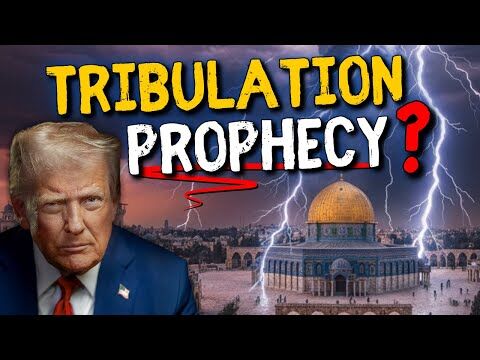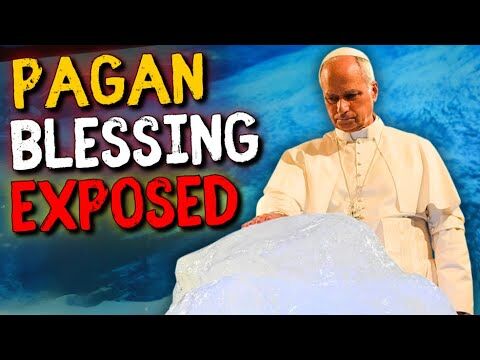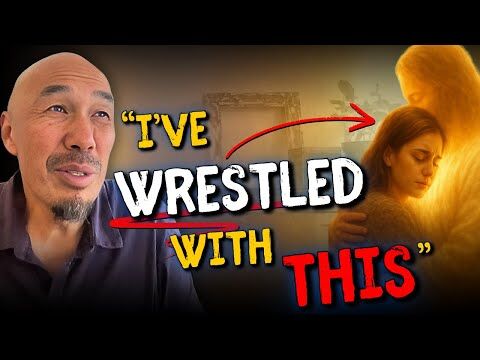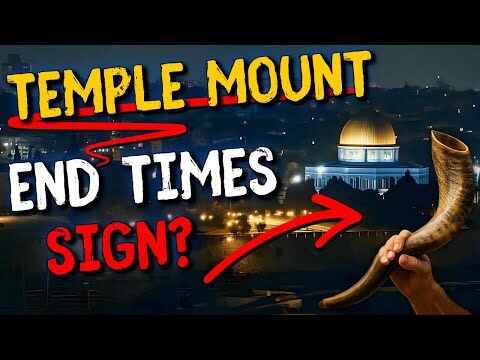What if you could witness the most pivotal week in human history as it unfolded?
What if you stood in the dusty streets of Jerusalem, heard the roar of the crowd shouting “Hosanna” and later the chilling cries of “Crucify Him”? What if you could watch from a distance as the Son of God entered His final days—teaching, confronting, weeping and ultimately laying down His life for the sins of the world?
In this six-part series, we walk through the events of Holy Week, day by day, with fresh eyes and reverent awe. Based solely on the biblical record, each post offers a front-row seat to the passion, power, and purpose of Jesus’ final week before the resurrection.
Breaking News. Spirit-Filled Stories. Subscribe to Charisma on YouTube now!
Day 1: Hosanna in the Highest
As the week leading to Passover began, Jerusalem swelled with thousands of pilgrims from all over Israel and beyond. The city buzzed with expectation and spiritual energy. Amid the crowd, word began to spread rapidly—Jesus of Nazareth was approaching. This was the teacher and miracle-worker many had come to believe was the Messiah. Yet His arrival defied common messianic expectations. Instead of a warhorse and a military procession, Jesus rode into the city on a young donkey, a deliberate fulfillment of Zechariah’s ancient prophecy: “Behold, your King comes to you; He is just and having salvation, lowly and riding on a donkey” (Zech. 9:9).
As He entered Jerusalem, people threw their cloaks on the road and waved palm branches—symbols of victory and deliverance. Their voices filled the air with cries of “Hosanna! Blessed is He who comes in the name of the Lord! The King of Israel!” (John 12:13). These words, drawn from Psalm 118, were more than praise—they were a messianic declaration.
While the crowd celebrated, Jesus wept over the city. Luke records that as He approached, He said, “If you had known, even you, especially in this your day, the things that make for your peace! But now they are hidden from your eyes” (Luke 19:42). Though the people recognized Him as a king, they did not fully understand the nature of His kingdom. Jesus came not to overthrow Rome, but to conquer sin and death. The triumphal entry marked the beginning of a week that would change the course of human history.
Day 2: Den of Thieves
The following day, Jesus returned to Jerusalem and made His way into the temple courts. What He found there was deeply disturbing. Instead of a place of reverent prayer and sacred worship, the temple had become a center of commerce. Merchants sold animals for sacrifice at inflated prices. Money changers exchanged currency for profit. The outer courts—the only place Gentiles could come to pray—had been overtaken by greed.
With righteous indignation, Jesus overturned the tables of the money changers and the benches of those selling doves. Coins scattered across the stone floor. Chaos erupted. Yet Jesus’ voice rang clear above the clamor: “It is written, ‘My house shall be called a house of prayer,’ but you have made it a ‘den of thieves’” (Matt. 21:13).
His actions were not just about cleaning up corruption—they were a prophetic judgment on the entire religious system that had become hollow and hypocritical. The chief priests and scribes, already threatened by His influence, became more determined than ever to silence Him.
Day 3: Curse of the Fig Tree
On the morning of the third day, Jesus and His disciples once again journeyed from Bethany toward Jerusalem. Along the way, Jesus approached a fig tree. From a distance, it appeared healthy and full of leaves—an indication that it might bear fruit, even if the season had not fully arrived. But upon closer inspection, it was barren. In response, Jesus said, “Let no one ever eat fruit from you again” (Mark 11:14). The disciples listened but didn’t yet grasp the significance.
When they passed by the tree the following morning, it had withered from the roots. Astonished, Peter exclaimed, “Rabbi, look! The fig tree You cursed has withered away” (Mark 11:21). Jesus used the moment to teach them about faith, saying, “If you have faith and do not doubt…whatever you ask in prayer, believing, you will receive” (Matt. 21:21–22).
The fig tree symbolized more than agriculture—it was a living parable. Outwardly, the nation appeared religious, but inwardly it bore no fruit. The curse on the fig tree was a sobering image of judgment for spiritual hypocrisy.
Through the fig tree and His confrontations in Jerusalem, Jesus exposed the emptiness of ritual without righteousness. He was preparing His disciples—and the world—for the new covenant that was about to be established through His own death and Resurrection.
Join Charisma Magazine Online to follow everything the Holy Spirit is doing around the world!
Prepared by Charisma Media Staff.

